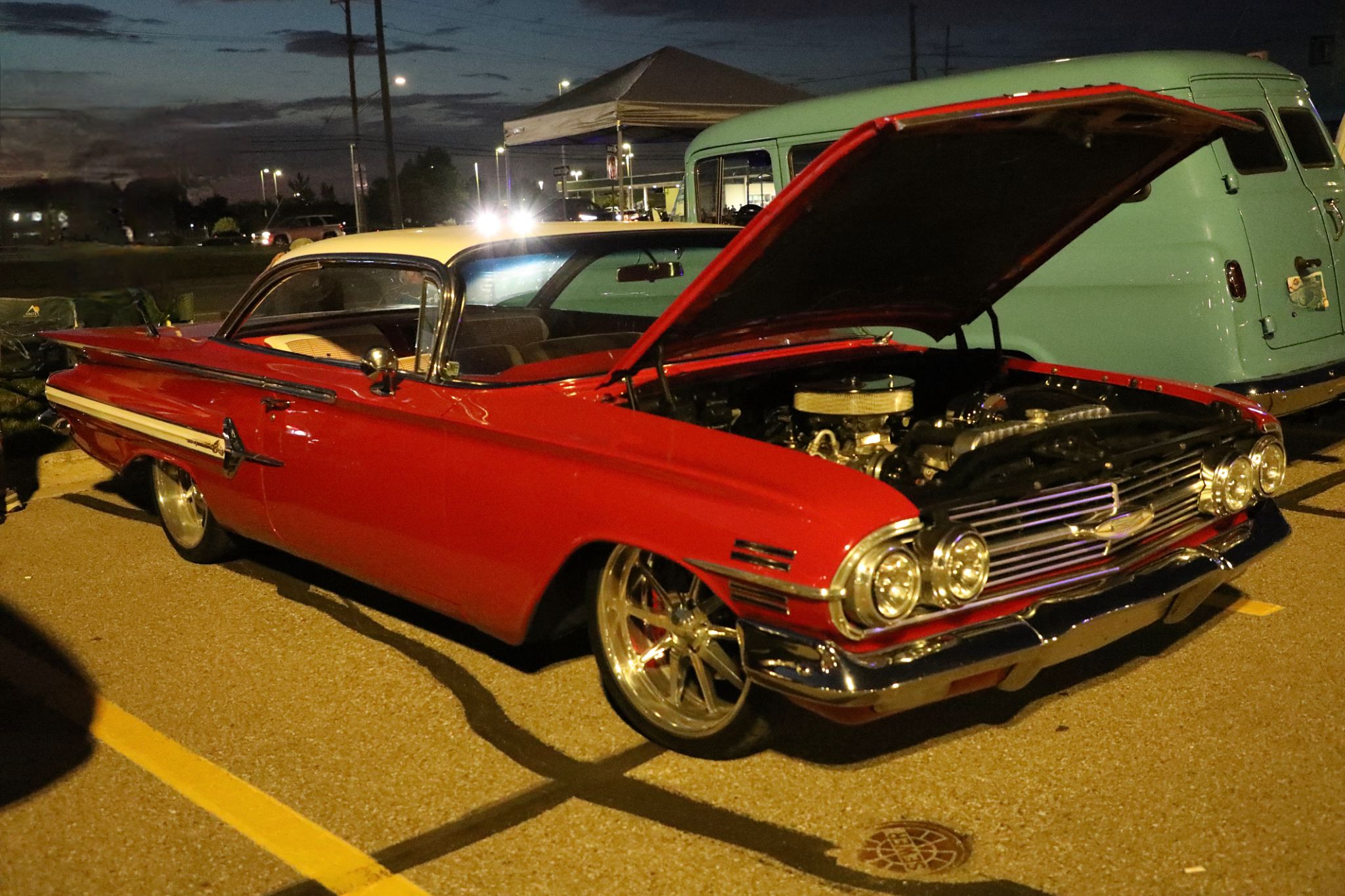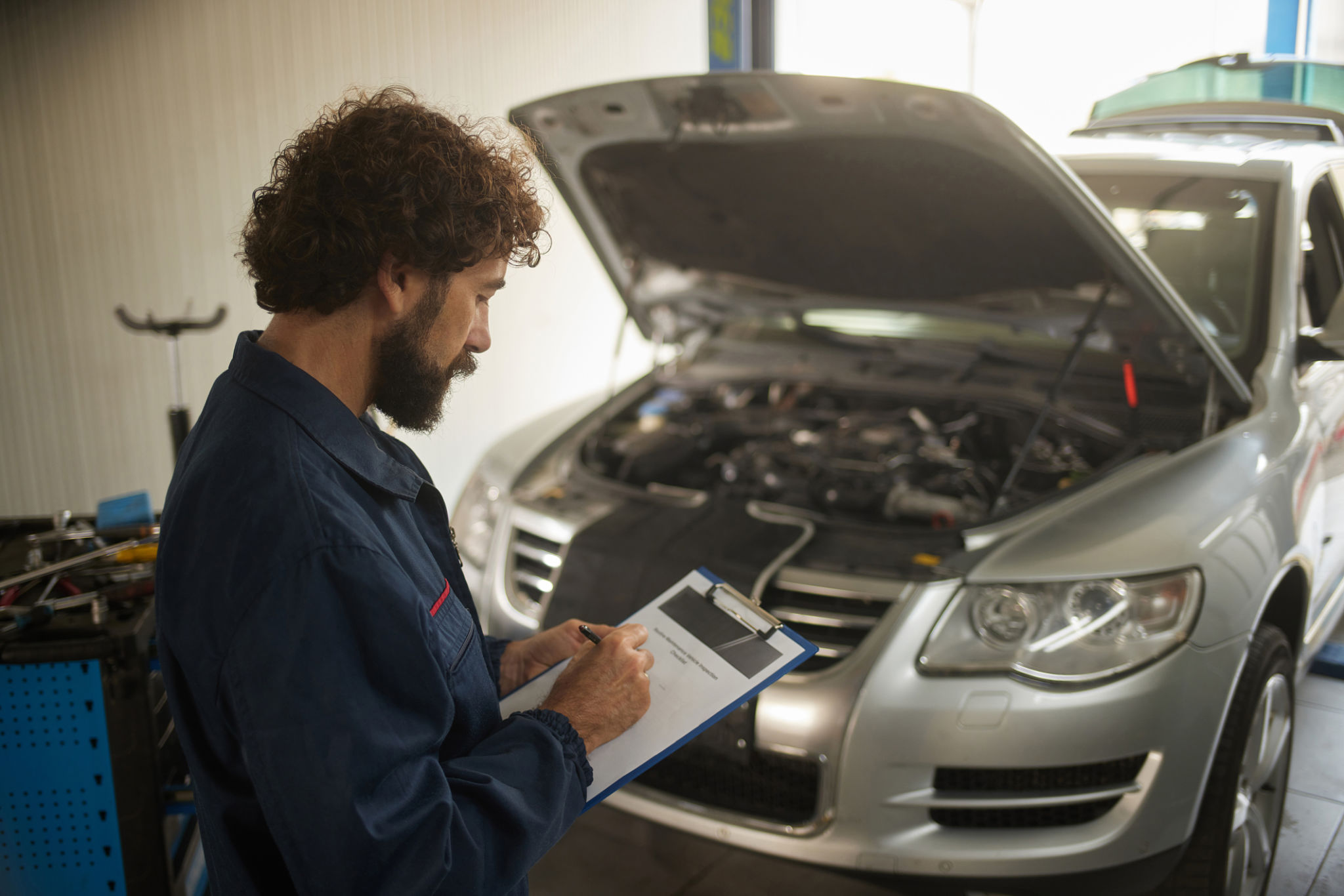Debunking Myths About Automotive Restoration: What Really Matters
Understanding the Basics of Automotive Restoration
Automotive restoration is an art that requires patience, skill, and a deep passion for vehicles. However, it is often surrounded by myths that can mislead enthusiasts. In this post, we aim to debunk some common misconceptions and shed light on what truly matters in the world of automotive restoration.

Myth 1: Restoration is Just About Aesthetics
Many people believe that automotive restoration is solely about making a car look good. While aesthetics are important, true restoration involves much more. The process includes mechanical repairs, electrical work, and ensuring that the vehicle is safe and functional. A beautifully restored car should not only look good but also run smoothly.
Myth 2: Original Parts Are Always Better
While using original parts can add to the authenticity of a restoration, they are not always the best choice. Original parts may be scarce, costly, and sometimes less reliable due to age. Modern parts can offer enhanced performance and reliability, making them a viable option for many restorers.

The Importance of Planning and Budgeting
Restoration projects can quickly become overwhelming without proper planning and budgeting. It's crucial to set realistic goals and timelines. Here are some steps to consider:
- Assess the vehicle: Understand the extent of work required.
- Create a budget: Factor in parts, labor, and unexpected costs.
- Set a timeline: Plan stages and deadlines to stay on track.
Myth 3: DIY Restoration is Always Cheaper
The do-it-yourself approach might seem cost-effective, but it can lead to costly mistakes. Professional restorers have the expertise and tools to handle complex tasks efficiently. Before deciding to go DIY, consider the scope of the project and your own skill level.

Myth 4: All Restorations Increase a Car's Value
Not all restorations will increase the monetary value of a vehicle. The value added depends on various factors, including the car's rarity, the quality of the restoration, and market demand. It's essential to research and understand the potential return on investment before beginning a restoration.
Conclusion: What Really Matters
Ultimately, what matters most in automotive restoration is the passion and dedication to bring a piece of history back to life. Whether you aim to preserve a family heirloom or create a show-stopping classic, understanding the truths behind these myths can guide your journey. Embrace the challenges, enjoy the process, and celebrate the joy of reviving a classic automobile.
